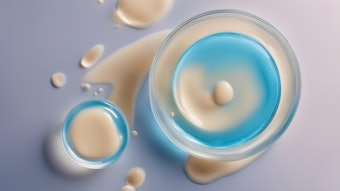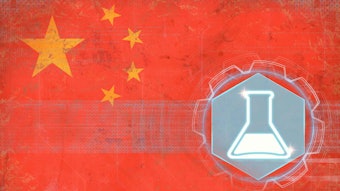Of the many techniques that have been developed to measure droplet size of emulsions, two are of interest in this article in which laser light scattering (LLS) and energy filtering transmission electron microscopy (EFTEM) are used to measure the size of droplets in a nanoemulsion formed by a novel emulsifying agent.
Nanoemulsions and Droplet Size
A key technology that can lead to innovative cosmetic skin care products is nanotechnology, a term derived from the prefix nano meaning one-billionth.4 When applied to emulsions, the term nanoemulsion is actually a misnomer. Emulsion is the term for a heterogeneous system consisting of at least one immiscible liquid dispersed as droplets in a different liquid.5 Nanoemulsions, or ultrafine emulsions, have droplets in the submicron range.
The average droplet size of nanoemulsions has been defined differently as between 20 and 500 nm, between 50 and 1000 nm, and between 100 and 200 nm, broadly speaking in the range of 50–500 nm, though typically 200–300 nm. This is much smaller than the usual 1–100 m range for the droplet size in macroemulsions. The small size of nanoemulsion droplets gives them a very weak interaction with light. These emulsions appear to be transparent and translucent with a bluish color, and they show high kinetic stability. The droplets’ small size gives them inherent stability against creaming, sedimentation, flocculation and coalescence. It also allows the effective transport of active ingredients to the skin.











